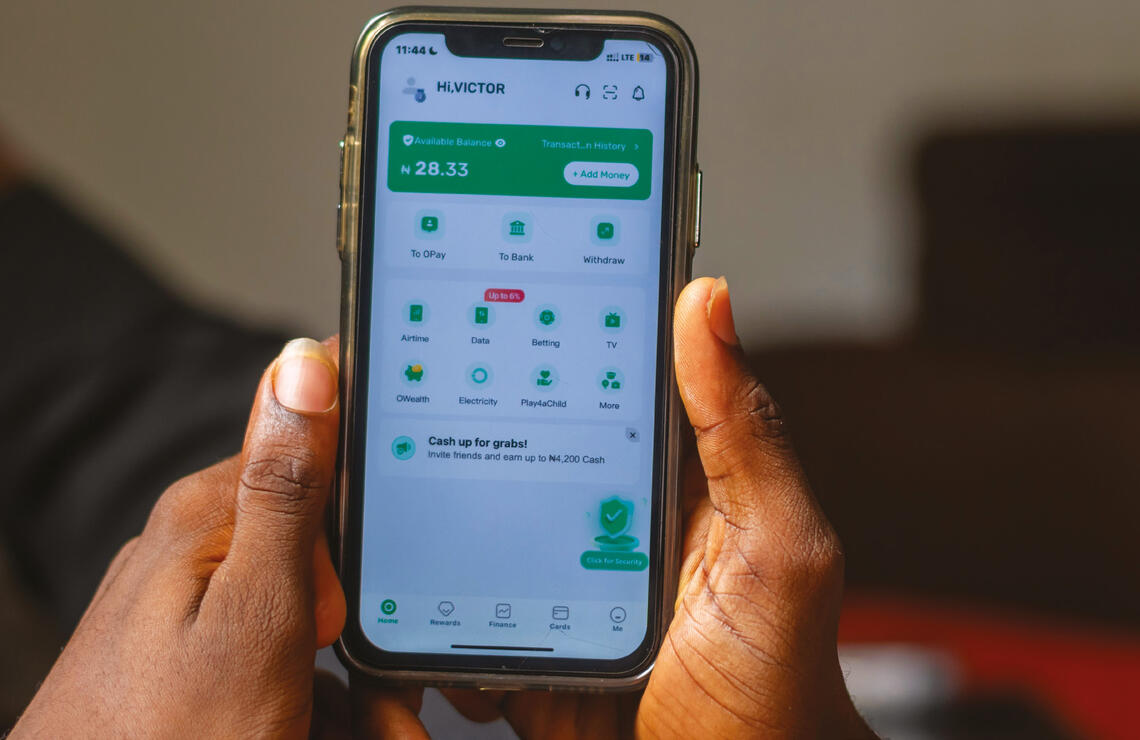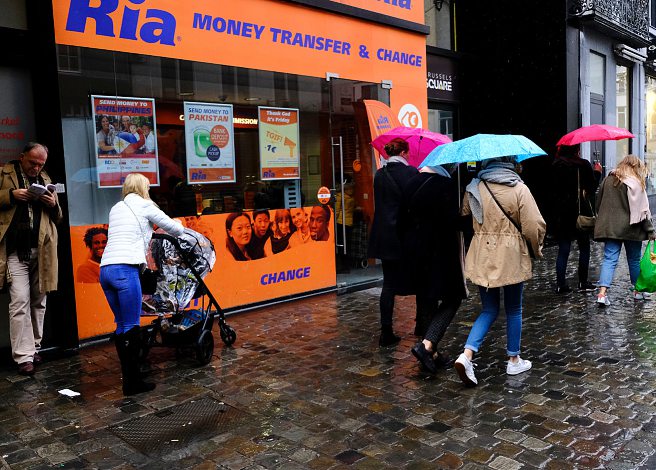
Remittances: a necessary costly business
The emergence of fintech players has only marginally reduced the cost of remittances, an essential service. Nevertheless, this complex, highly regulated market continues to grow, despite ‘hand-to-hand’ cash transactions.

Transfers made by expatriates working in Europe, the Gulf, North America, but also in other African countries like Côte d'Ivoire, South Africa and Nigeria, contribute significantly to the continent's economic vitality. The World Bank (WB) estimates that these transfers amounted to over 90 billion dollars in 2023, more than double the amount of official development assistance (42 billion). More than 60% of transfers are intended for the healthcare costs of relatives who have stayed behind. Many are also for funding a relative's studies. Payment company NALA even enables its Kenyan customers to pay their relatives' electricity and water bills.
“Efforts to improve financial inclusion in developing countries are contributing to the growth of the transfer market,” says Indian firm Business Research Insights. The United Nations notes that, during the pandemic in 2020 and 2021, remittances from the diaspora constituted a real lifeline for millions of Africans, whose resources were cut off at the time by lockdowns and economic sluggishness. Over the past three years, remittances have risen by 14.8%.
Africa's strong population growth, combined with Europe's ageing population, augurs well for the sustained growth of remittances, boosted by emigration: around a million Africans leave their home countries every year. By 2035, the formal remittance market could therefore reach nearly 500 billion dollars.
UP TO A QUARTER OF GDP
Remittances represent on average 7.6% of GDP in West Africa, 6.8% in East Africa, 4.4% in North Africa, 3.7% in Southern Africa and 1.4% in Central Africa. In Lesotho, landlocked in the heart of South Africa and whose workforce works in its powerful neighbour, remittances contribute to a quarter of GDP! Transfers made by Nigerian, Egyptian and Moroccan migrant workers account for two-thirds of the total, with nearly 20 billion going to Egypt and Nigeria, and almost 12 billion to Morocco.
Compiled by the website Remitscope.org, the details of transactions between sending and receiving countries provide a wealth of information about African migration dynamics: for example, the main points of departure for transfers made by Egyptians are the Kingdom of Saudi Arabia (8 billion), the United Arab Emirates (also 8 billion) and Kuwait (3.7 billion). Nigerians living in the United States transferred 5.7 billion dollars in 2023. West African immigrants working in Côte d'Ivoire sent 469 million dollars to Burkina Faso, 379 million to Ghana, 378 million to Mali and 367 million to Nigeria. And Ghanaians working in Nigeria transfer almost as much money as Nigerians working in Ghana (800 and 662 million dollars). The World Bank estimates that some twenty billion dollars (19.4) out of 90 billion dollars concern inter-African transactions, most often between border states.
These impressive figures are nevertheless thought to be underestimated: ‘In many African countries, it is difficult for central banks to quantify money transfers and differentiate them from other payment transactions,’ says the United Nations Capital Development Fund (UNCDF).
The firm Financial Technology Partners even estimates that ‘informal’ transfers, the handing over of cash through a trusted third party, could be ‘two to three and a half times’ greater than the hundred billion dollars of the formal market, which would bring the total amount of transfers, formal and informal, to between three hundred and five hundred billion dollars.
FEES REMAIN FAR TOO HIGH
The strength of the informal sector is due to the major drawback of transfers to Africa: their cost. Sending 100 dollars to an African country costs on average 7 to 8 dollars, more than to Latin America or Asia (around 5%).
A migrant worker from Africa sending 200 dollars home will have more than 15 dollars deducted, often the equivalent of more than an hour's wages. The United Nations is well aware of this injustice: since 2015, ‘reducing transfer costs to 3%’ has been included in the 17 sustainable development goals (SDGs) for 2030. Five years from this deadline, the project seems out of reach, as the downward trend is too slight: 7.92% in the second quarter of 2023, 7.39% in the third quarter.
The US money transfer giants (Western Union, Ria, MoneyGram, etc.) found themselves facing competition when, around a decade ago, fintech start-ups (often founded by Africans or dual citizens) such as NALA, Wizall and Zepz entered the market, giving rise to new services like cashless transfers, bill payment, mobile phone top-ups, and many others. However, the expected drop in costs has been slower than anticipated: money transfers “are currently subject to a patchwork of policies and regulations that tend to differ significantly from one region to another or even between neighbouring countries.”, says the United Nations Capital Development Fund. “The multiple guidelines governing acceptable forms of personal identification, maximum transaction sizes, licensing requirements for money-transfer operators, etc., combine to create a formal remittance market of such formidable complexity that it often drives customers to use simpler but riskier informal alternatives.” Benjamin Fernandes, CEO of NALA, observes that fintech start-ups that dared to bypass regulations have found themselves in trouble with the authorities.
Harmonisation is, however, under way: in October 2022, the Intergovernmental Authority on Development (IGAD), an East African trade bloc of eight countries, approved a ‘roadmap’ to bring national procedures for money transfers into line with each other, with the aim of reducing costs and delays for consumers. In January 2022, Afreximbank and AfCFTA launched PAPSS, the Pan-African Payment and Settlement System, which enables funds to be sent and received in local currencies at a lower cost between African countries. Intended primarily for businesses, it can also be used by individuals. Tested between West African countries outside the CFA zone (Nigeria, Gambia, Ghana, Sierra Leone, Liberia and Guinea), it will be extended to Djibouti, Tunisia, Kenya and Rwanda before being rolled out across the entire continent. According to Afreximbank, this would result in an estimated annual saving of 5 billion dollars.